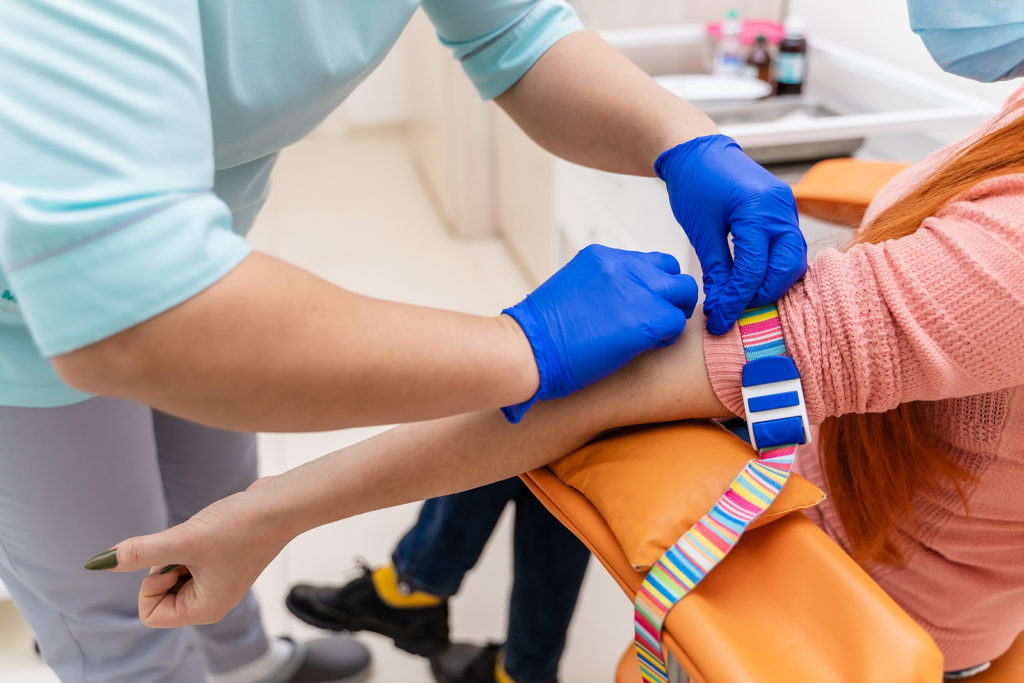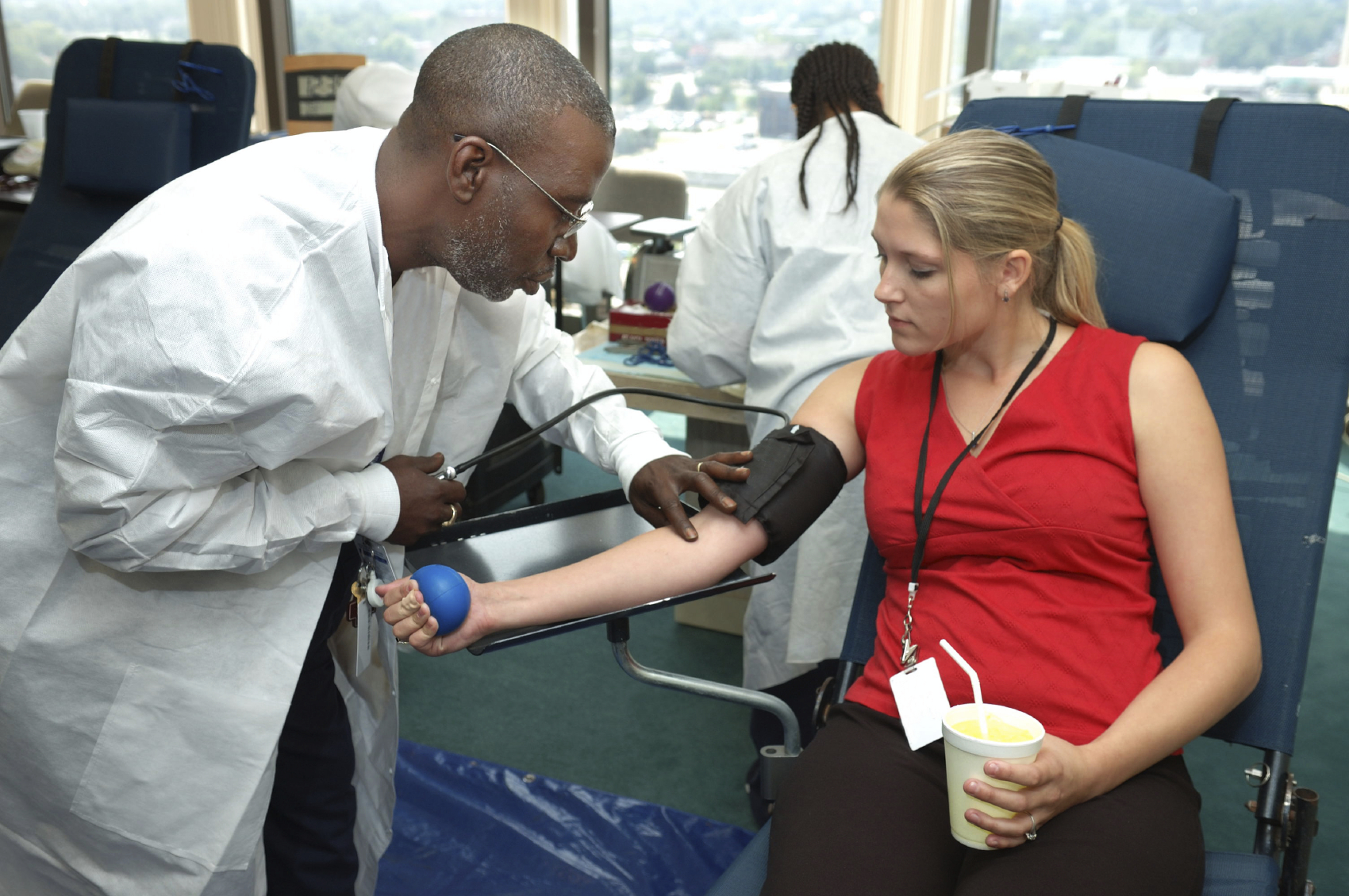Facts About Northeast Medical Institute - New Haven Campus Phlebotomy Course & Cna Class Uncovered
Facts About Northeast Medical Institute - New Haven Campus Phlebotomy Course & Cna Class Uncovered
Blog Article
Everything about Northeast Medical Institute - New Haven Campus Phlebotomy Course & Cna Class
Table of ContentsNortheast Medical Institute - New Haven Campus Phlebotomy Course & Cna Class Can Be Fun For AnyoneThe Ultimate Guide To Northeast Medical Institute - New Haven Campus Phlebotomy Course & Cna ClassGetting My Northeast Medical Institute - New Haven Campus Phlebotomy Course & Cna Class To Work5 Simple Techniques For Northeast Medical Institute - New Haven Campus Phlebotomy Course & Cna ClassNot known Incorrect Statements About Northeast Medical Institute - New Haven Campus Phlebotomy Course & Cna Class The Single Strategy To Use For Northeast Medical Institute - New Haven Campus Phlebotomy Course & Cna Class
The use of such tools must be gone along with by various other infection prevention and control techniques, and training in their use. Not all safety and security tools apply to phlebotomy. Before selecting a safety-engineered gadget, individuals must completely examine offered devices to establish their suitable usage, compatibility with existing phlebotomy practices, and efficiency in protecting staff and clients (12, 33).For settings with low sources, cost is a motoring aspect in purchase of safety-engineered devices. Where safety-engineered tools are not readily available, proficient usage of a needle and syringe is appropriate.
Among the essential markers of top quality of treatment in phlebotomy is the participation and cooperation of the patient; this is mutually valuable to both the wellness employee and the client. Clear details either composed or spoken should be available per client that undertakes phlebotomy. Annex F gives example message for describing the blood-sampling treatment to an individual. labelling); transport problems; analysis of outcomes for scientific monitoring. In an outpatient department or facility, give a dedicated phlebotomy cubicle containing: a tidy surface area with 2 chairs (one for the phlebotomist and the various other for the individual); a hand laundry basin with soap, running water and paper towels; alcohol hand rub. In the blood-sampling area for an outpatient division or facility, offer a comfortable reclining sofa with an arm remainder.
3 Easy Facts About Northeast Medical Institute - New Haven Campus Phlebotomy Course & Cna Class Shown
Make certain that the indicators for blood tasting are clearly specified, either in a composed method or in documented instructions (e.g. in a research laboratory type). At all times, comply with the methods for infection prevention and control detailed in Table 2.2. Infection avoidance and control methods. Collect all the equipment needed for the treatment and place it within risk-free and easy reach on a tray or trolley, guaranteeing that all the things are plainly visible.
Where the patient is adult and conscious, comply with the actions described listed below. Introduce on your own to the client, and ask the individual to mention their complete name. Examine that the lab form matches the patient's identification (i.e. match the client's details with the laboratory type, to make certain exact my link recognition). Ask whether the license has allergies, phobias or has ever passed out during previous shots or blood draws.
Make the person comfy in a supine setting (if possible). The person has a right to refuse a test at any type of time prior to the blood tasting, so it is essential to make sure that the person has actually comprehended the procedure - PCT Courses.
Not known Incorrect Statements About Northeast Medical Institute - New Haven Campus Phlebotomy Course & Cna Class
Expand the individual's arm and inspect the antecubital fossa or forearm. Situate a capillary of an excellent size that shows up, straight and clear. The representation in Area 2.3, shows usual positions of the vessels, yet lots of variations are possible. The typical cubital capillary lies between muscular tissues and is typically the most easy to puncture.
DO NOT put the needle where blood vessels are drawing away, because this increases the possibility of a haematoma. Locating the blood vessel will certainly aid in establishing the correct dimension of needle.
Specimens from main lines carry a threat of contamination or incorrect laboratory examination results. It is acceptable, but not ideal, to draw blood specimens when initial introducing an in-dwelling venous device, prior to attaching the cannula to the intravenous liquids.
Things about Northeast Medical Institute - New Haven Campus Phlebotomy Course & Cna Class
Failing to permit sufficient call time increases the risk of contamination. DO NOT touch the cleaned up site; in particular, DO NOT place a finger over the capillary to lead the shaft of the revealed needle.
Ask the patient to create a fist so the capillaries are a lot more noticeable. Go into the capillary swiftly at a 30 degree angle or much less, and remain to present the needle along the blood vessel at the easiest angle of entry - Phlebotomy Training. As soon as enough blood has been gathered, launch the tourniquet BEFORE withdrawing the needle
Northeast Medical Institute - New Haven Campus Phlebotomy Course & Cna Class Fundamentals Explained
Withdraw the needle delicately and apply mild pressure to the website with a clean gauze or dry cotton-wool round. Ask the client to hold the gauze or cotton woollen in position, with the arm prolonged and raised. Ask the client NOT to bend the arm, since doing so triggers a haematoma.

The Greatest Guide To Northeast Medical Institute - New Haven Campus Phlebotomy Course & Cna Class
Where possible, maintain the tubes in a rack and move the rack towards you - https://trello.com/w/northeastmed. If the sample tube does not have a rubber stopper, infuse extremely slowly right into the tube as reducing the stress and speed made use of to move the specimen decreases the danger of haemolysis.

Report this page